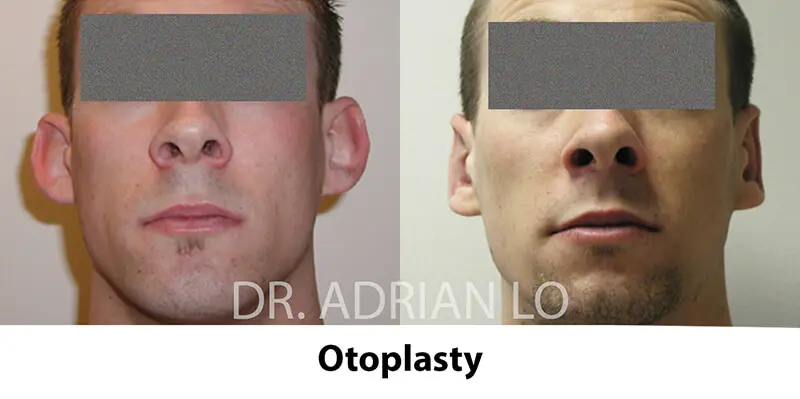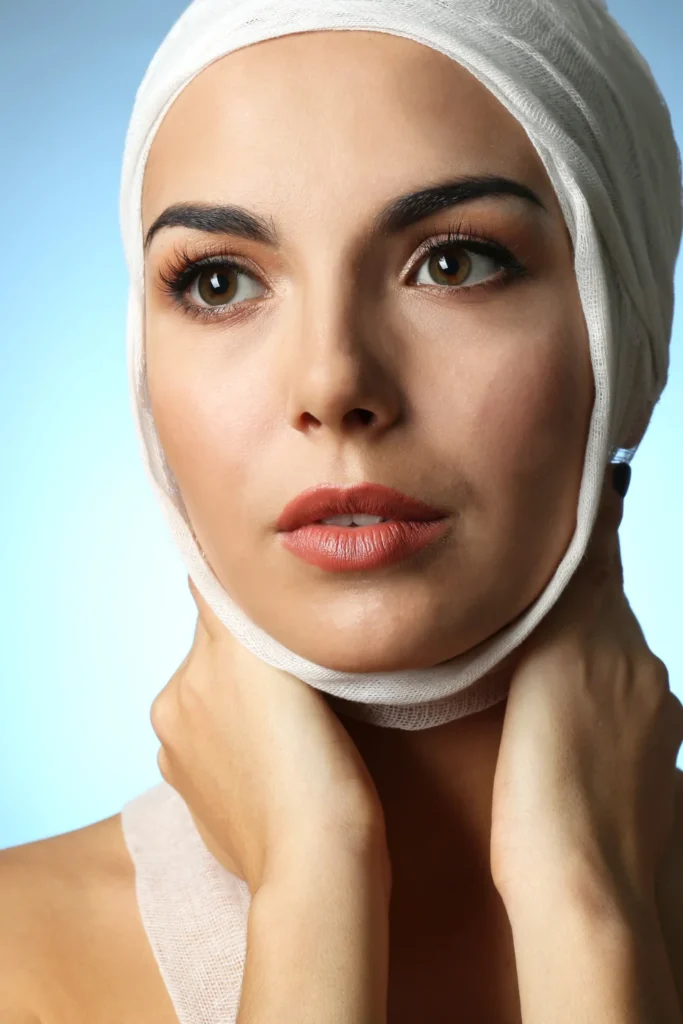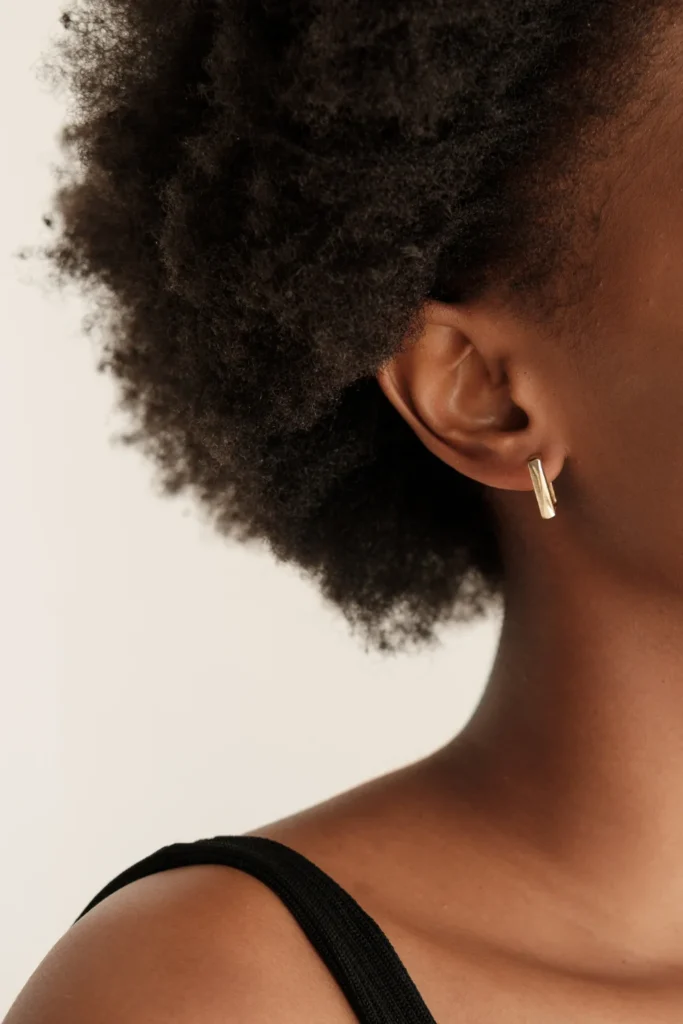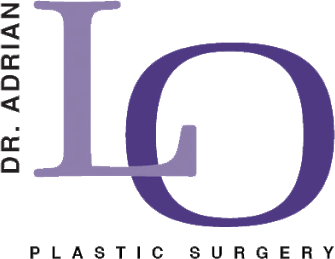If you have prominent ears that stand out from the sides of your head more than what you would like, then otoplasty surgery could be the solution you need.
Otoplasty, also known as ear re-shaping or ear pinning surgery, offers a transformative solution for anyone who is looking to enhance the appearance of their ears, giving them a more balanced and natural look.
While the decision to undergo this procedure is exciting, understanding the otoplasty recovery time is just as important as preparing for the surgery itself.

A clear understanding of otoplasty recovery timeline helps patients take charge of their healing journey effectively, make necessary lifestyle adjustments, and ultimately enjoy the best results.
Below is a timeline to guide you through each stage of the otoplasty healing process with ease.
Thinking of reshaping your ears? You are not alone! Schedule a consultation with Dr. Adrian Lo to start your journey towards a more confident you!
What Happens Immediately After Otoplasty/Ear-Pinning Surgery?

The moments following otoplasty mark the beginning of your recovery journey.
After the 1 hour procedure, you will wake up in a recovery room under the care of trained nurses who will monitor your vital signs and ensure you are comfortable.
The ears will be bandaged to protect the surgical area and to maintain their new position. Some patients may feel groggy or slightly disoriented due to the anesthesia, but this typically subsides within a few hours.
You will need to arrange transportation home, as driving immediately after surgery is not permitted. Having a supportive family member or friend accompany you can make this initial phase much easier.
While the immediate post-surgery period will be a new experience, following your plastic surgeon’s post-operative otoplasty care instructions will help set you up for a smooth recovery.
Related: What To Expect: Ear Pinning Before and After
The First 24 Hours Post-Surgery Care Requirements
The first 24 hours after otoplasty will focus on rest and recovery. During this time, it is important to manage discomfort, reduce swelling, and keep the surgical area clean and dry.
By understanding the otoplasty recovery time, you can better plan your schedule and make necessary adjustments to your daily routines to accommodate your healing process.
Managing Initial Discomfort and Swelling
It is normal to experience some discomfort and swelling in the initial hours after surgery. For effective otoplasty pain management, follow these tips:
- Take pain medications. Most patients only require over the counter pain medications like acetaminophen to control mild to moderate pain.
- Sleep with your head elevated. Use several pillows or a wedge foam to keep your head elevated while resting or sleeping to minimize swelling.
- Be patient with swelling. The otoplasty swelling duration is typically most noticeable during the first week but gradually subsides over the next several weeks with proper care.
These measures help you stay as comfortable as possible while giving your body the support it needs to heal.
Proper Head Bandage Management
Adhering to post-operative otoplasty care instructions is the key to reducing the risk of complications and achieving optimal results. The bandage applied by your plastic surgeon plays a significant role in maintaining the position of the ears and protecting the incisions.
- Keep the bandage clean and dry. Protect the surgical site by ensuring the bandage stays hygienic and free from moisture.
- Avoid self-adjustment. Do not adjust or remove the bandage unless instructed by your plastic surgeon to prevent compromising the results.
- Protect the ear position. The bandage maintains ear alignment and shields incisions; improper handling can disrupt the healing process.
- Contact your plastic surgeon with concerns. If you notice issues with the bandage’s condition or placement, consult your plastic surgeon before making any changes.
Related: Why Should Your Teenager Undergo Cosmetic Ear Surgery?
Your First Week of Otoplasty Recovery

The first week of your otoplasty recovery time should be used in prioritizing rest.
Follow your plastic surgeon’s aftercare instructions closely. Although some patients feel well enough to resume light activities within a few days, adhering closely to your plastic surgeon’s aftercare instructions during this time can significantly influence your overall healing.
Daily Wound Care and Cleaning Instructions
One of the most important otoplasty aftercare tips is to closely follow proper wound care to prevent infection.
- Wear the Sweat Band. Once the initial surgical head dressing is removed, typically in 24-48 hours, you will need to wear a sweatband or headband gently over the ears to maintain the new ear position.
- Follow cleaning instructions. Saline solution may be recommended to clean the surgical site as directed by your plastic surgeon.
- Avoid harsh products. Avoid any harsh shampoos or soaps to prevent irritation or delay healing.
- Maintain hygiene. Always wash your hands thoroughly before tending to the surgical area.
Sleeping Position Requirements and Tips
Otoplasty patients are advised to sleep on their back with their head elevated to minimize pressure on the ears.
This position helps reduce swelling and ensures the ears remain undisturbed. A travel neck pillow or wedge pillow can also provide additional support, making it easier to maintain the recommended sleeping posture.
Normal vs. Concerning Symptoms to Monitor
Some swelling, bruising redness, and mild discomfort are expected during the first week.
However, it is essential to differentiate normal recovery signs from potential complications. Excessive redness, warmth, or drainage from the surgical site, as well as severe pain unresponsive to medication, may indicate an issue that requires immediate attention.
Excessive ear swelling may be of concern and may not be part of your normal healing.
Contact your plastic surgeon promptly if you experience any of these symptoms to ensure proper care.
Note: Always communicate openly. Your plastic surgeon and his team are there to help you during your recovery.
Weeks 2-3 Recovery Milestones
In weeks two and three of recovery, expect noticeable improvements in swelling and discomfort. Mild skin redness and any bruising will continue to improve every day. However, remain cautious with strenuous activities to support your healing.
Returning to Work and Daily Activities
Many patients feel well enough to return to work within 7-10 days, provided their job does not involve strenuous physical activity.
Patients often look forward to returning to normal activities after otoplasty, which is typically possible within 1-2 weeks depending on the individual’s progress.
If you work in an environment that requires heavy lifting or excessive movement, your plastic surgeon may recommend additional time off to prevent strain on the ears. Light household tasks can typically be resumed, but be careful not to overdo it.
Exercise and Physical Activity Restrictions
It is important to keep your physical activity limited at this time.
Steer clear of strenuous exercises, especially those involving bending or lifting, to protect your results.
Light walking is usually fine, but check with your plastic surgeon for personalized advice on your otoplasty recovery time and when to safely get back to your regular activities. It is most likely that you will be able to return to heavy lifting and exercise around the 2 week mark.
When to Expect Bandage Removal and Wearing the Sweatband or Headband
The ear bandage is usually removed during the first postoperative appointment within the first 24 to 48 hours.
Once removed, you will transition to wearing a sweatband or protective headband, during the day and night, to maintain the position of the ears for another week. The sweatband also acts as protection from any possible injury. After the one week period of continuous wearing the sweatband, it is then worn for another 4 to 6 weeks for 12 hours a day with breaks throughout the day.
Related: Will Plastic Surgery Last Forever?
Long-Term Healing Timeline (1-6 Months)

The long-term recovery phase is when the results of your otoplasty become more evident.
While most swelling subsides within the first month, subtle changes may persist for several months as the tissues fully heal. The otoplasty healing process involves multiple stages, with visible results typically emerging within the first month and ongoing refinement over six months.
Final Result Timeline Expectations
Patients can expect to see the final results of their otoplasty within 3-6 months.
By this time, all redness and swelling should have resolved, and the ears will have settled into their new normal position closer to the sides of the head. The patience required during this phase is well worth the outcome, as the results become more refined over time.
Scar Maturation and Management
Scarring is a natural part of the healing process, but with proper care, it can be minimized. The incision or scar is typically behind the ear and in most situations it will rarely be seen.
Silicone scar sheets, topical gels, and regular application of sunscreen may be recommended to reduce the appearance of scars. Over time, scars typically fade to a thin, inconspicuous line that is easily concealed.
Permanent Activity Modifications
While most activities can be resumed after full recovery, patients should always take precautions to protect their ears from trauma.
Avoid high-impact sports or activities that could risk injury to the surgical site, as even long after recovery, the ears remain sensitive to certain types of strain.
How to Ensure Optimal Otoplasty Results
Achieving the best possible results from your otoplasty depends on diligent aftercare and consistent communication with your plastic surgeon.
Essential Aftercare Products and Supplies
Investing in the right aftercare products can make a significant difference in your recovery.
Antiseptic solutions, gentle cleansers, and specialized scar treatments are essential for promoting healing and maintaining the surgical site’s integrity.
Discuss with your surgeon the specific brands or products they recommend for your individual needs.
Sun Protection Requirements
Sun exposure can darken scars and delay the healing process.
- Apply high-SPF sunscreen. Protect your ears from UV damage by using a sunscreen with high SPF when outdoors.
- Wear wide-brimmed hats. Shield the surgical site from direct sunlight with a hat for added protection.
- Use protective clothing. Cover the ears with appropriate clothing to prevent UV exposure during recovery.
Follow-up Appointment Schedule
Your follow-up appointments are important to monitor your progress and address any concerns that arise.
Your plastic surgeon will evaluate your healing at various intervals, typically scheduling visits at one week, one month, three months, and six months post-surgery.
Patients who follow their plastic surgeon’s recommendations often report a smoother otoplasty recovery time with minimal discomfort.
Schedule a Consultation with Dr. Adrian Lo
If you are considering otoplasty, Dr. Adrian Lo offers exceptional expertise and a patient-centered approach to help you achieve your aesthetic goals.
Serving Pennsylvania, New Jersey, and Delaware, Dr. Lo is committed to delivering exceptional results while prioritizing your safety and satisfaction.
Schedule a consultation today at our New Jersey and Philadelphia plastic surgery office to discuss your vision and start your journey toward renewed confidence!
